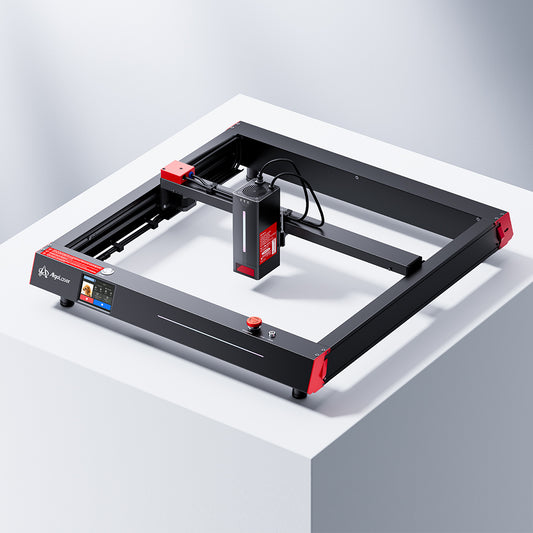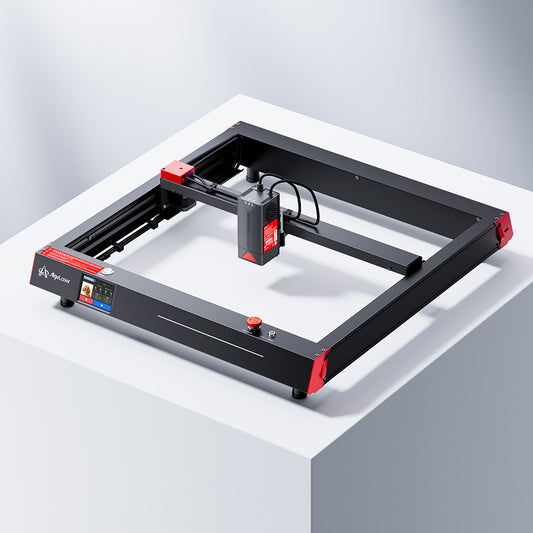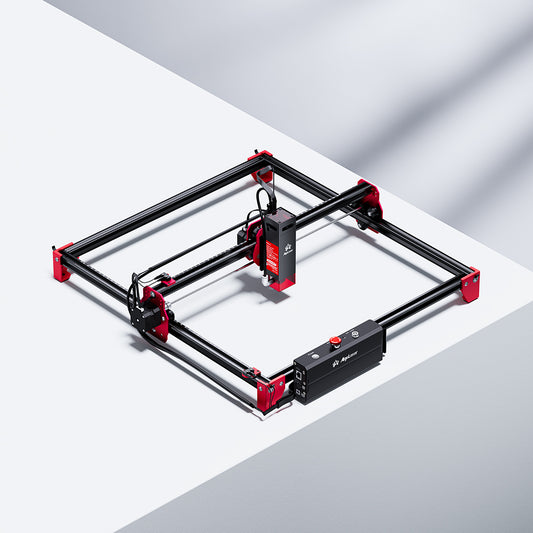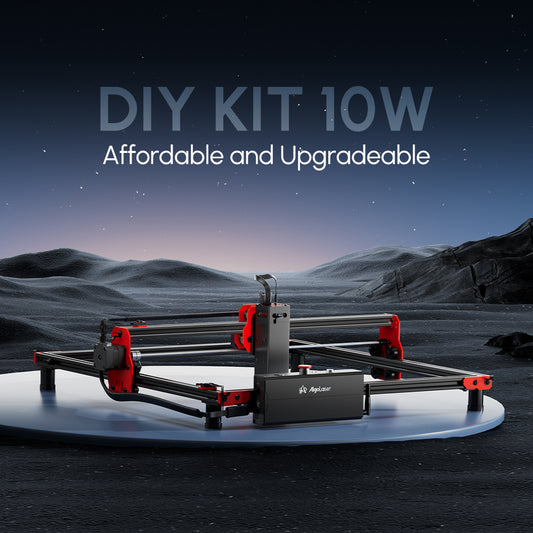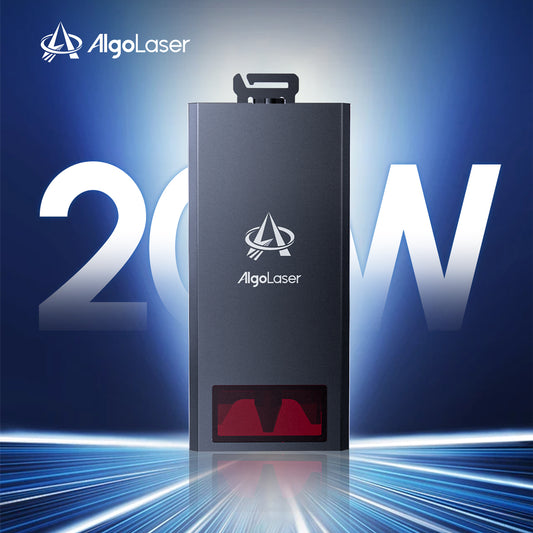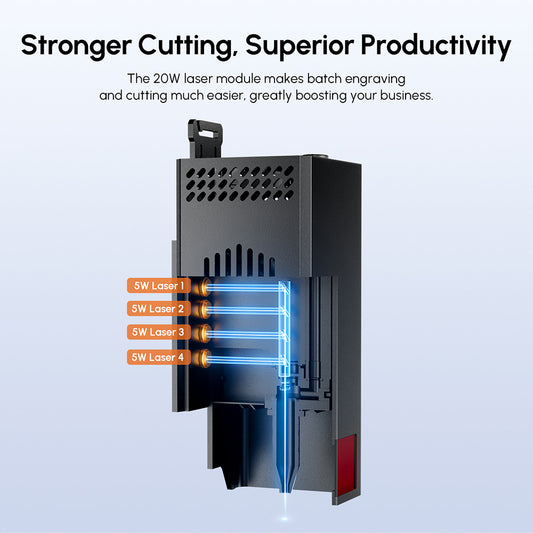Home / How - To
Laser Marking, Engraving, and Etching: The Complete Guide for Metal Enthusiasts
Whether you're customizing stainless steel tumblers, engraving aluminum tags, or marking titanium tools, the laser revolution has changed how we interact with metal. But if you've ever wondered what's the difference between laser marking, laser engraving, and laser etching, you're not alone.
Each process uses a laser to alter a metal surface—but they differ in depth, precision, speed, and purpose. As a laser engraver geek, I've spent countless hours watching beams carve, etch, and mark everything from copper coins to stainless steel plates. Today, I'll walk you through how each process works, what metals they suit best, and how to choose the right Laser with for your next project.
1. What Is Laser Marking on Metal?
Laser marking is the gentlest of the three. Instead of cutting into the surface, it alters the color or reflectivity of the metal by using a low-powered, highly controlled beam. The laser heats the surface enough to oxidize or anneal it—creating visible contrast without removing material.
For instance, when you perform laser marking on stainless steel, you get a dark gray or black mark that's permanent, smooth to the touch, and corrosion-resistant. This makes it ideal for serial numbers, barcodes, and medical instruments where surface integrity matters.
Common metals for laser marking:
· Stainless steel
· Titanium
· Aluminum (anodized)
· Brass
· Nickel and coated metals
Industrial users rely on fiber laser markers for metal because of their speed, precision, and non-contact nature. Marking is the go-to method for traceability—engraving QR codes, serial numbers, and logos on production parts.
Depth: 0.0001" to 0.0003"
Effect: Discoloration only (no grooves)
Best machine type: Fiber laser marker or IR laser
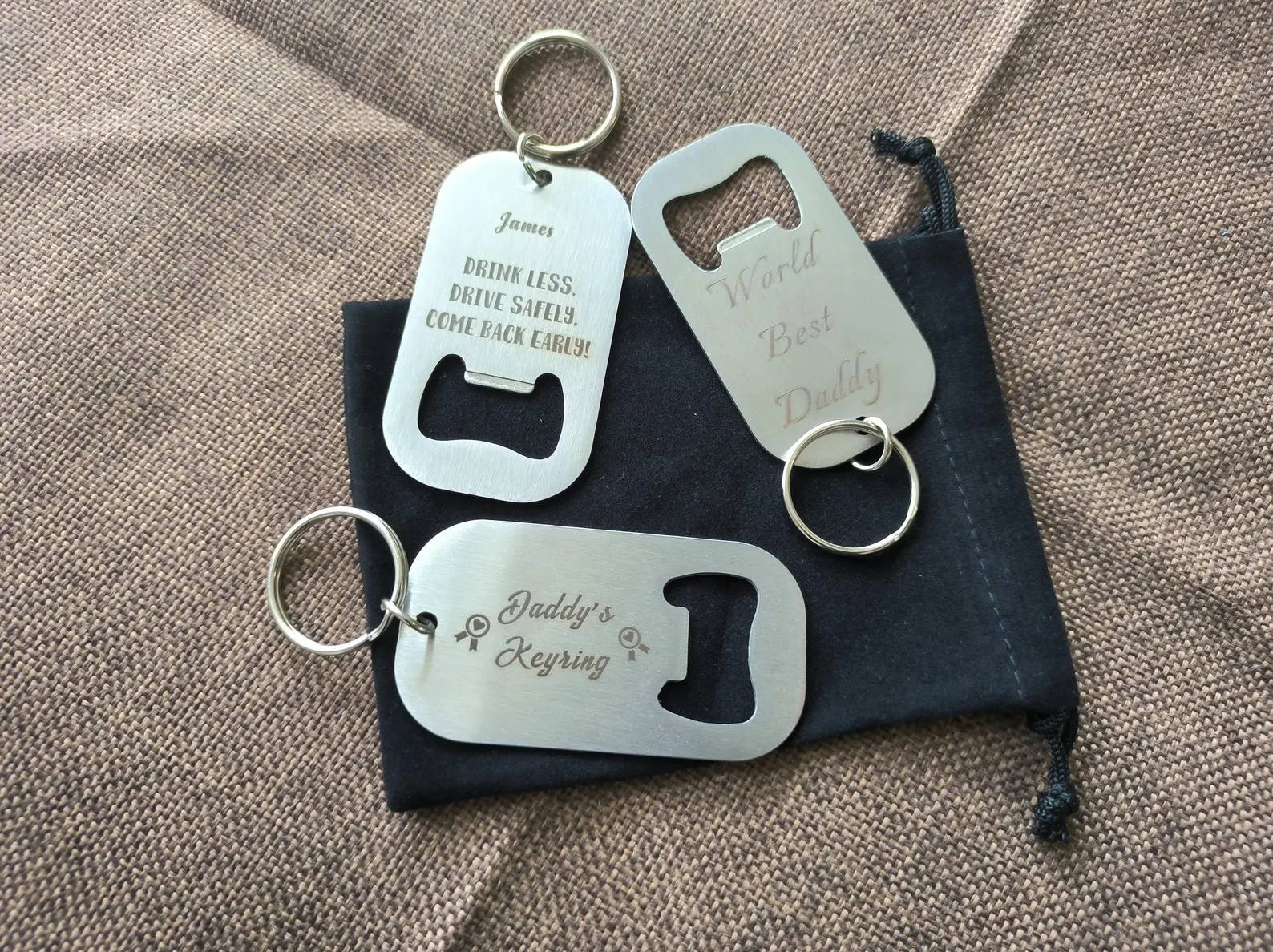
2. What Is Laser Engraving on Metal?
Now let's step it up a notch. Laser engraving physically removes material from the metal surface, creating deep, long-lasting marks you can feel with your fingers. The laser beam vaporizes or melts away the top layer, producing crisp, tactile designs.
If you're using a metal laser engraver—such as a 20W fiber system—you can engrave metal plates, tools, knives, firearms, or even laptop lids. The result is permanent and resistant to abrasion or chemicals.
Laser engraving stainless steel or aluminum allows you to create high-contrast patterns for personalization or industrial labeling. Unlike marking, engraving forms grooves that catch light—making logos and text stand out dramatically.
Common applications:
· Engraved metal plates for equipment ID tags
· Custom gun engraving and Glock engraving ideas
· Laser engraving jewelry (gold, silver, titanium)
· Metal business cards
· Laser engraving logos on aluminum housings
Depth: 0.0005" to 0.005" or more
Effect: Material removed (visible groove)
Best machine type: Fiber or diode laser engraver
When choosing settings for laser engraving stainless steel, use higher power and slower speeds. For aluminum laser engraving, lower power is enough due to its softness. Always test on scrap first to avoid overburn.
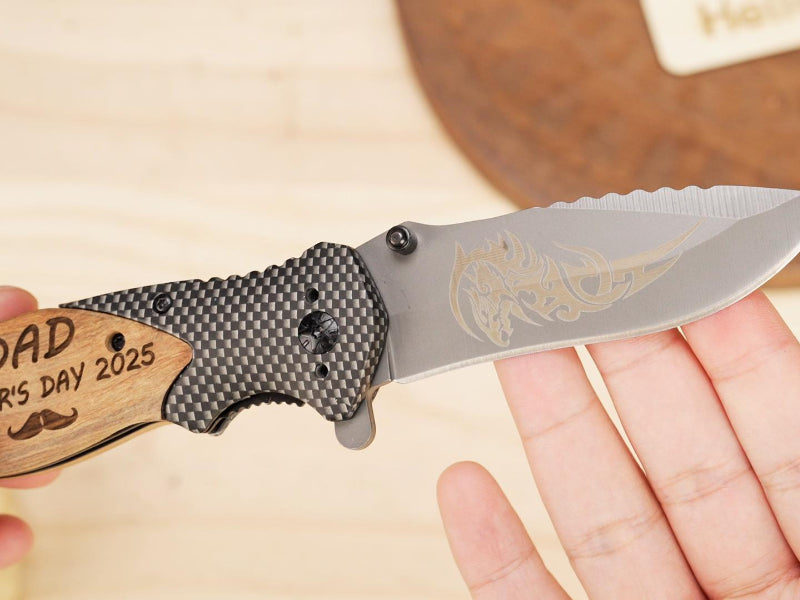
3. What Is Laser Etching on Metal?
Laser etching sits between marking and engraving. It slightly melts the metal surface—creating a raised, textured pattern that catches light but doesn't go as deep as engraving.
The laser delivers short, intense bursts of heat that cause the metal to expand and create a raised mark. This makes laser etching on aluminum or laser etching stainless steel perfect for high-speed labeling or decorative designs.
Etching is often used on coated or anodized metals, where the top layer reacts to the beam to reveal contrast beneath.
Common metals for etching:
· Aluminum
· Stainless steel
· Brass
· Copper
· Titanium
Etching is excellent for logos, serial numbers, and nameplates that require fast production and moderate durability.
Depth: 0.0001" to 0.001"
Effect: Slight surface melt / raised area
Best machine type: Fiber laser or IR laser etching machine
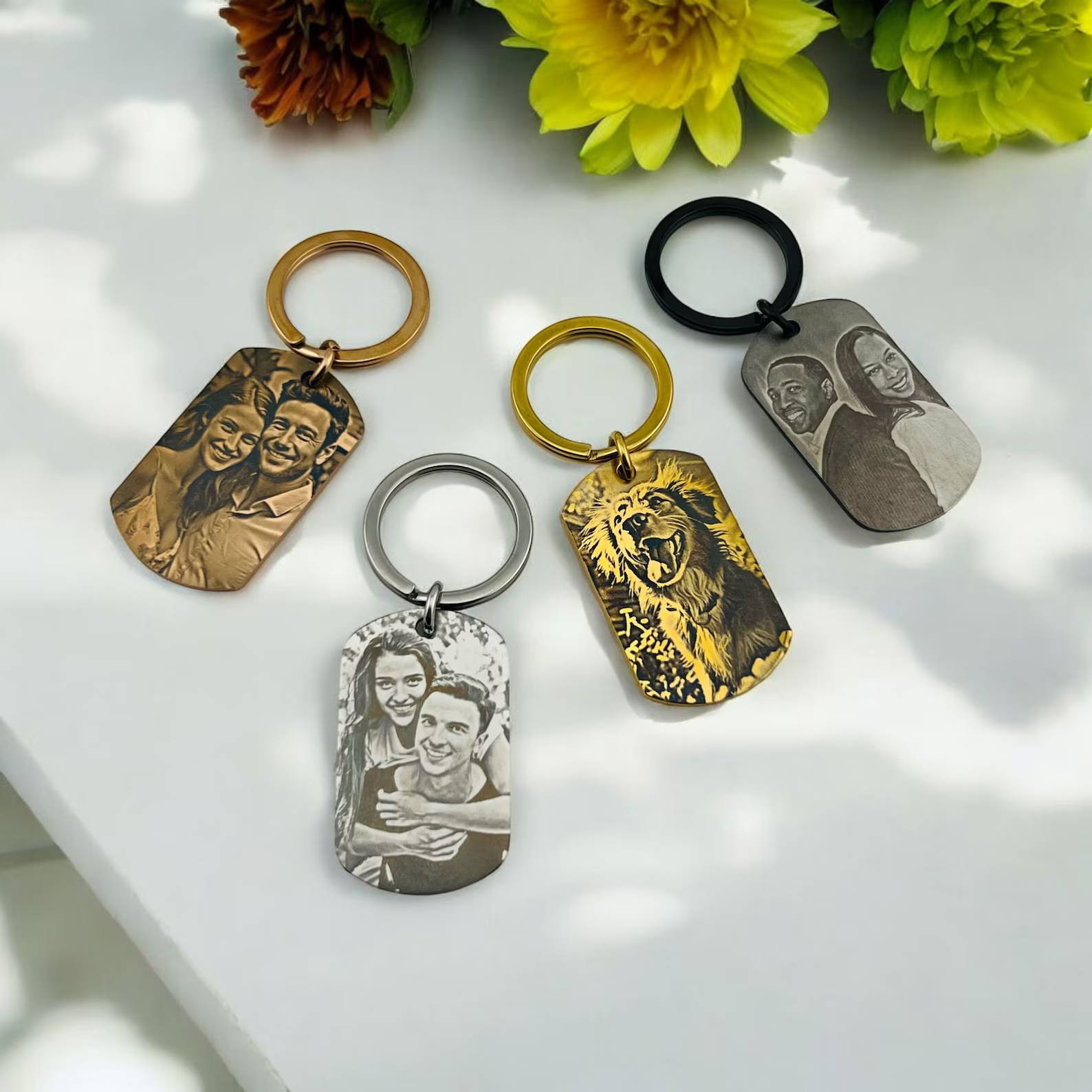
4. Laser Marking vs. Engraving vs. Etching: Quick Comparison
| Feature | Laser Marking | Laser Engraving | Laser Etching |
|---|---|---|---|
| Material Removal | None | Yes | Minimal |
| Depth | Very shallow | Deep | Shallow |
| Surface Texture | Smooth | Grooved | Slightly raised |
| Durability | High | Very high | High |
| Speed | Fast | Moderate | Very fast |
| Ideal Metals | SS, Ti, Brass | SS, Al, Cu, Ti | Al, SS, Brass |
| Typical Laser | Fiber / IR | Fiber / Diode | Fiber / IR |
| Applications | Codes, serials | Art, tools, nameplates | Branding, labels |
In short, marking changes color, etching melts, and engraving removes. All three fall under the same high-precision umbrella of laser engraving on metal, but their results vary by need.
5. Choosing the Right Laser for Metal
Different lasers excel at different metals.
· Fiber Laser for Metal Engraving – Best for marking and engraving all metals: stainless steel, brass, titanium, copper, and aluminum. High precision and deep engraving capabilities.
· Infrared Laser (IR, 1064 nm) – Perfect for engraving aluminum or coated surfaces.
· Blue Diode Laser Engraver – Works for coated metals or with marking sprays, ideal for makers and hobbyists.
· CO₂ Laser Engraver – Limited to engraving coated metals; cannot directly engrave bare metal.
If you're looking for the best metal laser engraver, go for a fiber laser machine. It offers the strongest beam absorption and can mark, etch, or engrave almost any metal, from steel engraving to laser engraving titanium.
6. Best Metals for Each Process
Each metal reacts differently under the beam:
· Stainless Steel: The most popular material for laser engraving and marking. Ideal for stainless steel plates to engrave, jewelry, and tools. Produces high-contrast black or white finishes.
· Aluminum: Excellent for laser engraving aluminum or laser etching aluminium plaques. Great for signage, nameplates, or decorative panels.
· Copper & Brass: Highly reflective but engraves beautifully with fiber lasers. Used for coins, badges, and electrical tags.
· Titanium: Common in aerospace and medical industries. Laser marking titanium produces strong, permanent color changes without surface removal.
· Silver & Gold: Soft, precious metals perfect for personalized metal engraving and jewelry designs.
· Carbon Steel & Iron: Used for steel plate engraving, industrial tools, and machine parts.
When engraving highly reflective metals like silver or copper, apply a marking solution to improve contrast and heat absorption.
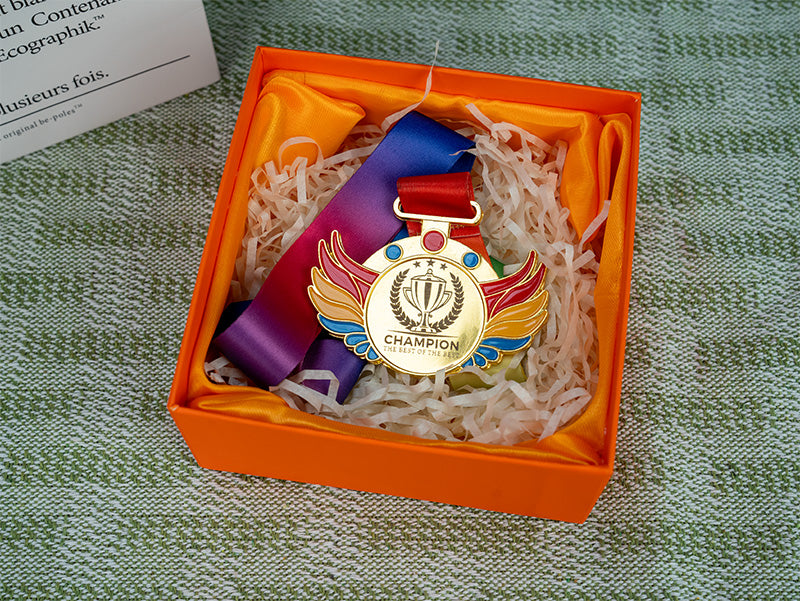
7. How to Laser Engrave Metal: Step-by-Step
Even the best metal engraving laser needs proper setup. Here's a quick start guide:
1. Prepare Your Metal Surface – Clean it with alcohol or acetone to remove oil, fingerprints, and residue.
2. Focus the Laser – Adjust focal length precisely; an out-of-focus beam weakens the engraving depth and clarity.
3. Set Parameters – Choose power, speed, and frequency based on metal type and desired finish.
4. Test First – Always perform a small test engraving before running your full design.
5. Engrave the Metal – Start your project, keeping proper ventilation and protective eyewear.
6. Post-Process – Clean and polish engraved metal for the final shine.
With these steps, you can easily create engraved metal plates, custom logos, or even laser etched stainless steel tags.
8. Real-World Applications and Examples
The uses for laser engraving on metal are endless:
· Industrial Marking: Serial numbers, QR codes, barcodes, and part tracking on stainless steel or aluminum.
· Art and Design: Laser engraving copper, laser etching titanium, and engraving silverware for custom gifts.
· Electronics & Tools: Laser engraving laptop surfaces, laser etching on metal keyboards, and engraving tools.
· Pe Engraved metal boxes, custom engraved signs, metal nameplates, or laser engraved photos on metal.
· Firearms & Knives: Custom Glock engraving and serialized metal parts.
Laser engraving has evolved from industrial roots to creative craftsmanship—making it one of the most flexible technologies in modern fabrication.
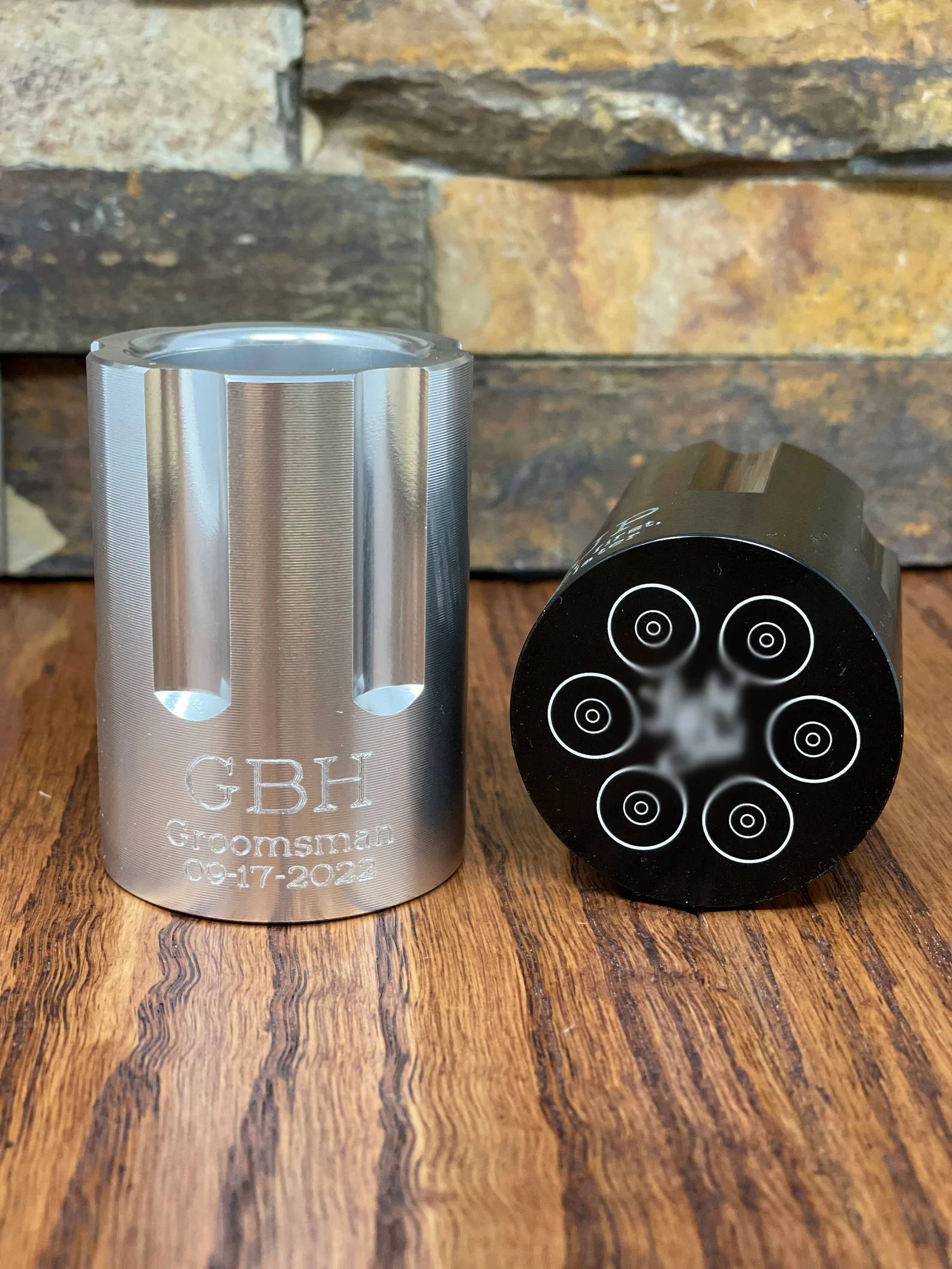
9. Pro Tips for Perfect Results
· Choose the right wavelength. Metals reflect certain wavelengths, so fiber lasers (1064 nm) are best.
· Clean surfaces thoroughly. Even tiny oils can distort the laser's energy absorption.
· Use multiple passes. For deeper metal engraving, run several low-power passes instead of one heavy cut.
· Test different hatch angles. Helps achieve smoother finishes and more consistent contrast.
· Control heat. Overheating can warp thin sheets—keep airflow steady with an air assist.
For artistic work, explore engraving patterns for metal—like geometric textures, line art, or even photo etching.
10. Conclusion: Which Method Is Right for You?
If you need permanent, readable, and smooth identification, choose laser marking metal.
If you want depth, durability, and bold contrast, go with laser engraving metal.
If speed and texture matter, laser etching metal delivers crisp raised markings.
No matter the method, today's laser engravers for metal—from hobby diode lasers to professional fiber laser engraving systems—make it possible to customize everything from jewelry to jet parts.
So whether you're experimenting with metal engraving designs, creating engraved aluminum plates, or exploring laser etching copper art, remember: behind every perfect mark is the right balance of power, precision, and creativity.
